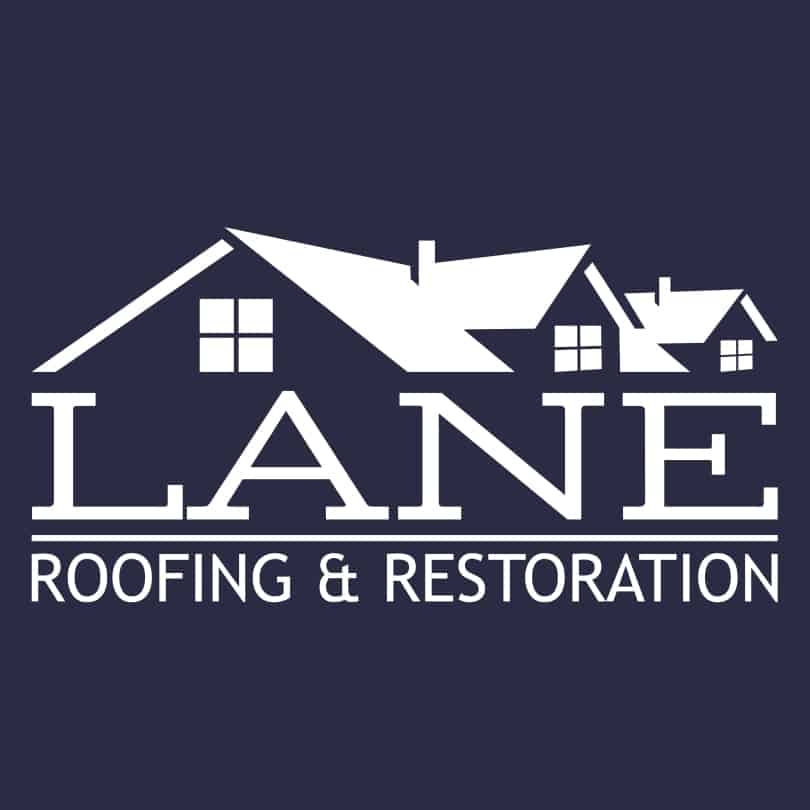After severe storms, learn how to spot hail damage on asphalt, metal, and other common roofing materials in Western North Carolina. Our comprehensive visual guide helps homeowners know when to call professional roofing contractors for inspection.
_______________________________
Identifying Hail Damage on Different Roofing Materials: An Asheville Homeowner’s Guide
Living in Western North Carolina means dealing with our fair share of unpredictable weather patterns, including hailstorms that can wreak havoc on your home’s first line of defense – your roof. As your neighbors who’ve helped countless Asheville homeowners recover from storm damage, we know how crucial it is to spot hail damage early. This guide walks you through identifying hail damage on different roofing materials so you can protect your investment and know exactly when it’s time to call in the professionals.
How Hail Damages Asphalt Shingle Roofs
Asphalt shingles remain the most common roofing material in the Asheville area, and they show distinctive signs after a hailstorm. Fresh hail damage often appears as random, circular areas where granules have been knocked away, exposing the dark asphalt mat underneath. These spots typically feel soft to the touch – almost like a bruise on your roof.
After a storm, look for these telltale signs on your asphalt roof:
Black Impact Marks
These dark spots indicate where hail has stripped away the protective granule layer. The spots might be random with no particular pattern, reflecting the chaotic nature of hailstorms. When granules are knocked loose, your shingles become vulnerable to UV damage and water penetration.
Cracks or Splits in Shingles
Larger hailstones can actually crack your shingles on impact. These cracks create direct pathways for water to enter your home, potentially leading to leaks and interior damage if not addressed quickly. The splits might not be immediately visible from ground level, which is why a professional roof inspection is invaluable.
Exposed Fiberglass Mat
In severe cases, hail can knock away enough granules to expose the underlying fiberglass mat. This serious damage significantly shortens your roof’s lifespan and requires immediate attention from a roofing specialist.
Identifying Hail Damage on Metal Roofing
Metal roofing has grown increasingly popular in Western North Carolina, thanks to its durability and weather resistance. While metal roofs generally withstand hail better than asphalt, they’re not immune to damage. The evidence just looks different.
Dents and Dings
The most obvious sign of hail damage on metal roofing is denting. These dents vary in size according to the hailstones that caused them. Small hail might leave tiny dimples, while golf ball-sized hail can create deeper, more noticeable indentations. While some denting might be primarily cosmetic, significant denting can compromise the roof’s integrity.
Paint Damage
Watch for spots where hail impact has chipped away the protective paint layer on your metal roof. These areas become vulnerable to rust and corrosion, especially in our humid WNC climate. Even small chips can grow into bigger problems over time as moisture works its way under the paint.
Loosened Fasteners
The impact force from hail can sometimes loosen the screws or fasteners holding your metal panels in place. When this happens, your roof becomes susceptible to wind damage and leaks. Check for areas where the metal seems less secure or makes noise during windy conditions.
Spotting Hail Damage on Other Common Roofing Materials
Wood Shake or Shingle Roofs
On wooden roofing, hail damage appears as splits, cracks, or gouges with fresh-looking exposed wood. Unlike natural weathering, which darkens wood over time, hail damage reveals lighter-colored wood underneath. You might also notice splintering along the edges or entire sections of missing wood material.
Clay or Concrete Tile Roofs
Hail can crack, chip, or completely break clay or concrete tiles. The damage typically shows as irregular breaks with sharp edges rather than the rounded wear of age. Cracked tiles allow water to seep underneath, potentially causing extensive damage to your roof deck.
Slate Roofing
Hail damage on slate roofs often appears as holes, cracks, or broken corners on individual slate tiles. The impact points typically have sharp, clean breaks rather than the weathered edges that develop over time. Even small cracks can allow water penetration that eventually damages your home’s structure.
When to Call a Professional Roofing Contractor
If you suspect hail damage after a storm, it’s always wise to have a professional assessment. Here’s when you should definitely call a roofing contractor:
• You spot visible signs of damage from the ground
• Your neighbors have confirmed roof damage
• The hail was large (quarter-sized or bigger)
• You notice water stains on your ceilings after the storm
• It’s been more than a year since your last roof inspection
Remember, some hail damage isn’t immediately obvious but can shorten your roof’s lifespan significantly if left unaddressed. Our experienced team provides thorough, free roof inspections to Asheville homeowners, giving you peace of mind and clear guidance on any necessary repairs.
Contact Lane Roofing for Your Free Hail Damage Inspection
As your local WNC roofing repair and restoration specialists, we understand the unique challenges our mountain weather poses to your home. If you’ve experienced a recent hailstorm or want to ensure your roof is in top condition, give us a call at 828-490-1830. Our team of fully insured roofing experts will provide a comprehensive assessment and honest recommendations, backed by our 10-year workmanship warranty on all roof installations.
Don’t wait until minor hail damage becomes a major problem. Contact Lane Roofing and Restoration today for your free roof inspection and experience our hands-on, down-to-earth approach to protecting your home.
